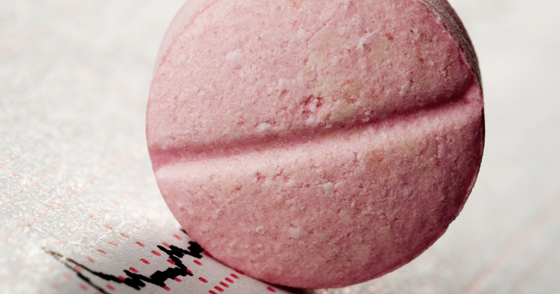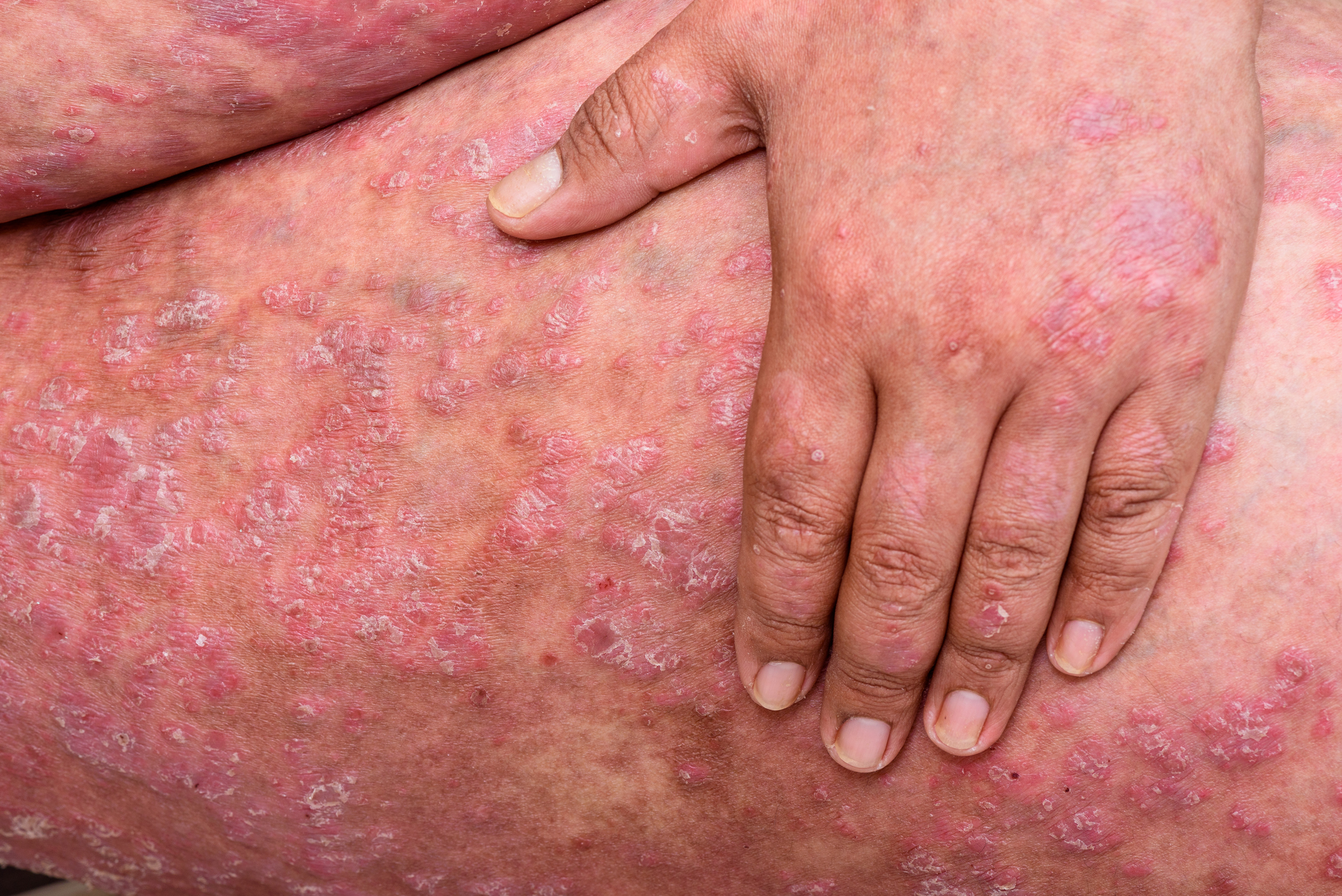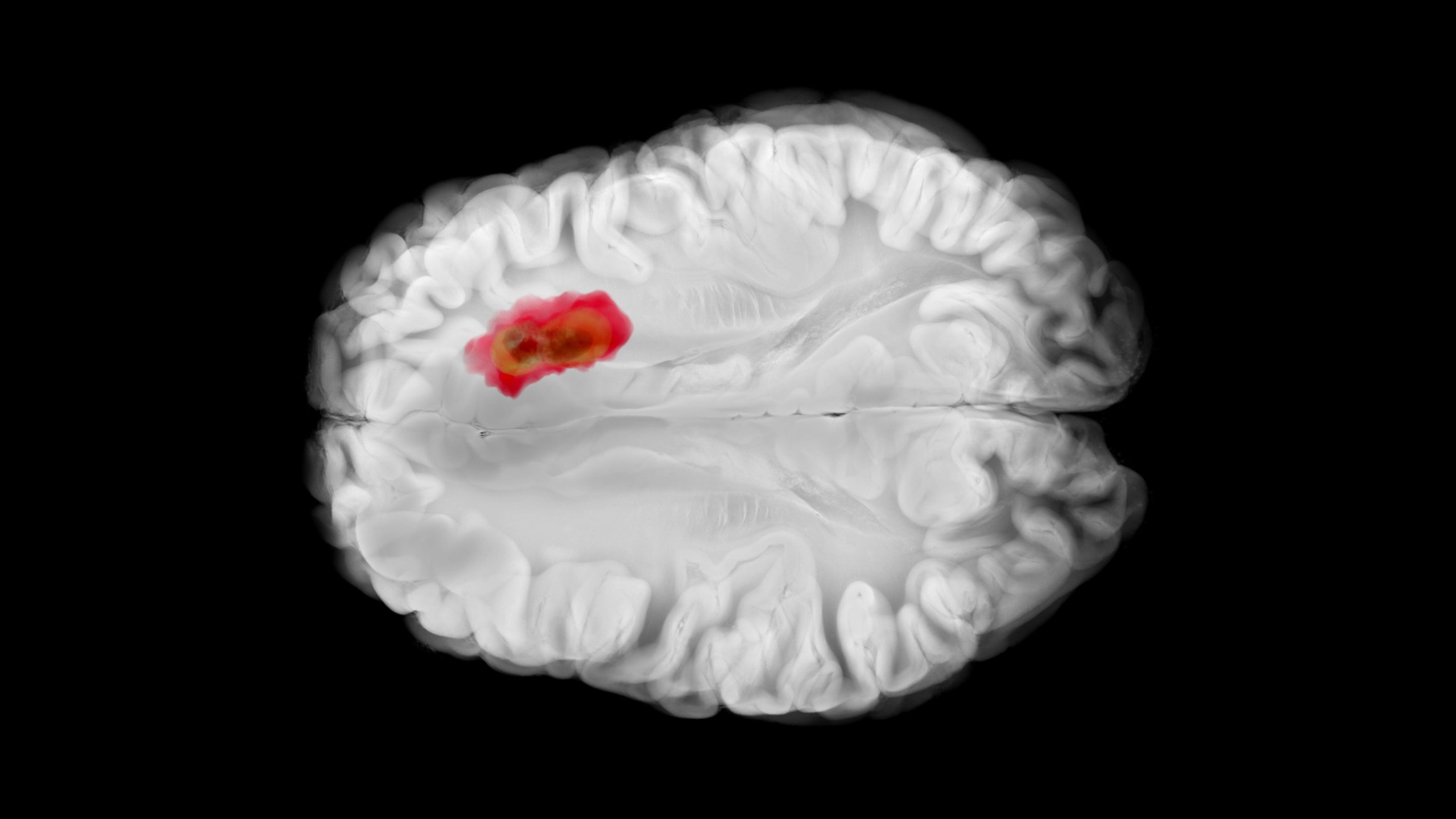No guidelines exist for the treatment of diastolic heart failure. Several studies were presented at the SGK Congress in Lugano indicating that treatment of comorbidities and a healthy lifestyle can positively influence diastolic function.
Whereas 20 years ago about one-third of all heart failure patients presented with a preserved ejection fraction, today the figure is about 50%. Demographic factors such as the increasing aging of the population play an important role in this development. As Redfield et al. in randomly selected residents of Olmstedt County, Minnesota, showed that 20% of 2042 subjects with a mean age of 62.8 years suffered from mild diastolic dysfunction [1]. Another 7% were found to have moderate to severe diastolic dysfunction. The prevalence of diastolic heart failure increased with age. Similar results were also obtained in a Belgian study – albeit with significantly younger subjects. This showed a prevalence of more than 27% in the 539 women and men studied, with a mean age of 52.5 years [2].
However, the increasing age of the population alone does not explain the sharp increase in the disease. For example, Redfield et al. showed that diastolic dysfunction was frequently associated with cardiovascular disease, diabetes mellitus, and systolic dysfunction [1]. In addition, it is known from the Physicians Health Study that the “lifetime risk” for heart failure is favored by exposure to risk factors [3].
Preventive effect through physical activity
Currently, there is no uniform consensus on the treatment of heart failure with preserved ejection fraction. This is particularly problematic because the disease is associated with a high mortality rate. According to studies, the “all-cause” mortality within 60 to 90 days of hospitalization for heart failure is 9.5%. The 5-year mortality rate was 65% [4]. In this context, the mortality rate is already significantly increased in the mild form of diastolic heart failure [1]. The “treat now by treating comorbidities” strategy proposed in an editorial in the Journal of the American Medical Association may lead in the right direction. For example, Solomon et al. showed that good blood pressure control-regardless of the choice of medication-was associated with an improvement in diastolic function [5]. Physical activity also has a promising influence. Kraigher-Krainer et al. demonstrated in elderly subjects of the “Framingham Heart Study” that the more physically active the subjects were, the lower the risk of diastolic dysfunction [6]. “I am convinced that physical activity is one of the main tools for the prevention of diastolic heart failure,” said Prof. Burkert Pieske, MD, head of cardiology at Graz University Hospital, at the joint annual meeting of the Swiss Society of Cardiology and the Swiss Society of Cardiovascular and Thoracic Surgery in Lugano. In contrast, the therapeutic effect of physical activity has been less studied to date. This approach is being pursued in an international EU research project.
Source: Joint Annual Meeting of the Swiss Society of Cardiology (SGK) and the Swiss Society for Cardiac and Thoracic Vascular Surgery (SGHC), June 12-14, 2013, Lugano.
Literature:
- JAMA 2003 Jan 8; 289(2): 194-202.
- Circ Heart Fail 2009 Mar; 2(2): 105-112.
- JAMA 2009 Jul 22; 302(4): 394-400.
- JAMA 2008; 300(4): 431-433.
- Hypertension 2010 Feb; 55(2): 241-248.
- Eur J Heart Fail 2013 Jul; 15(7): 742-746.
- JACC 2011; 58(17): 1780-1791.












